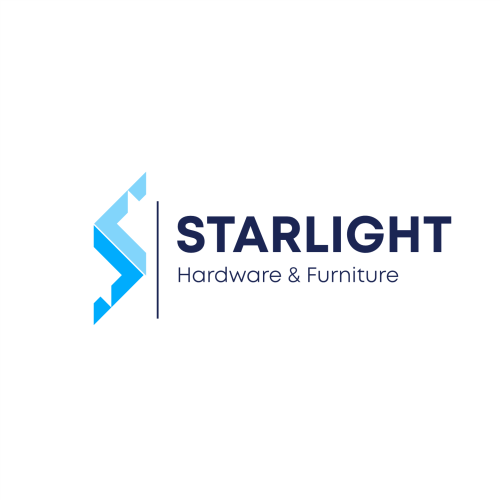Many security vendors pour tens of thousands of dollars into booth design, airfare, lodging, and promotional items—only to end up with spreadsheets full of scanned badges and unopened swag bags.
Events such as ISC West, ISC East, GSX, along with regional expos, bring large numbers of decision-makers to one place, offering a crucial chance to demonstrate new solutions and strengthen professional connections.
Too often, companies allocate five- or six-figure sums for a static display, generic giveaways, and hope for passersby, but the result falls short of expectations and wastes valuable resources.
The British Army’s “7 Ps” mantra—proper planning and preparation prevents poor performance—remains highly applicable to tradeshow strategy. Start by specifying the exact audience: enterprise security directors, value-added resellers, facility managers or other key stakeholders.
Announce your attendance months in advance using the company website, email newsletters, targeted social media posts, and personal LinkedIn accounts of sales and technical staff to build anticipation.
Instead of a bland “visit our booth” message, offer a clear incentive: preview a new analytics dashboard, receive a limited-edition gear bag, or experience an immersive augmented-reality tour of your access-control ecosystem.
Augment broad promotion with personal invitations. A phone call, text message, or hand-penned note to existing customers and top prospects signals commitment and stands out amid generic mailings.
Booth layout should echo your outreach promises. Incorporate modular demo stations, touchscreen panels, video walls, and seating areas that invite extended conversation, matching the level of interaction you’ve advertised.
Treat booth personnel as critical assets. Rather than assigning junior associates with light schedules, deploy seasoned salespeople, product managers, or technical experts trained to engage quickly, qualify visitors, and capture key details.
A concise greeting, two or three targeted questions—such as current system challenges, budget timeframe, and integration needs—and active listening form the backbone of high-value exchanges.
The main exhibit hall can overwhelm senses with noise and crowds. Create options for quiet, focused discussions by reserving on-site meeting rooms, private suites, or nearby offsite lounges.
Host coffee chats at a neighboring café, complete with branded mugs or specialty blends. Plan these meet-ups in advance to ensure a smoother schedule and avoid last-minute conflicts.
Schedule group dinners for major clients and prospects at a local restaurant. Lock in reservations six to eight weeks prior to the event to secure preferred tables and menus.
Early-morning roundtables over breakfast provide an intimate setting for industry trend discussions. Keep these sessions to eight to ten attendees to maintain a workshop feel.
Many trade show booths blend into one another: reception counter, product showcase, seating area. To break this mold, design an interactive challenge—quiz stations, scavenger hunts, or live polling—for attendees to engage with your brand narrative.
Hide premium giveaways behind participation. Require a quick product trivia question or completion of a short survey to unlock a branded backpack or tech gadget, ensuring prize recipients have meaningful engagement.
For instance, at ISC West 2025, one vendor built an escape-room experience highlighting key features of their surveillance platform. Participants solved feature-based puzzles and walked away with vivid impressions and positive referrals.
Pens and stress balls are easy to mass-produce. Focus instead on high-perceived-value items—branded notebooks with industry data inserts, custom security-readiness checklists, or sample analytics reports personalized to each prospect.
Post-event contact often relies on automated drip campaigns sent days later, by which time attendees have moved on. Reverse this: dispatch a brief, personal follow-up within 24 hours of each meeting.
In your message, thank them for their time, mention a detail from your conversation, and propose a specific next step—whether a proof-of-concept deployment, an on-site system survey, or a no-obligation remote demo.
Tracking metrics is critical. Establish goals for demo sign-ups, qualified-lead counts, scheduled follow-up meetings, and pipeline dollars tied directly to tradeshow activity to assess ROI.
When executed thoughtfully, these methods transform foot traffic into high-quality sales engagements, boosting conversion rates and making every dollar spent on booth space, travel, and hospitality count.
Face-to-face events continue to rank among the most effective channels for demonstrating complex security solutions and building trust. Maximizing their impact demands early planning, purposeful on-site efforts, and personalized follow-up.
Incorporate digital elements: create event-specific landing pages, use QR codes that link to tailored white papers or video demos, and feed scanning data into marketing automation platforms to track real-time engagement.
Secure leadership support by setting measurable internal goals: target count of face-to-face meetings, hands-on demos, or partner referrals. Monitor booth traffic and lead conversion rates on an event dashboard to fine-tune your approach before the show ends.



